Did you know that more people die from seemingly harmless situations in national parks than from dramatic wildlife encounters? While bears and mountain lions grab headlines, it’s often the quiet dangers – like sudden weather changes and tricky terrain – that pose the biggest threats to park visitors.
In fact, there have been 1,545 deaths in national parks over 17 years – way less than you might think given how many millions of people visit these parks each year!
I’ve spent ages exploring these incredible places, and I’ve learned that danger in national parks isn’t always what you’d expect.
Each of the 63 major National Parks in the US presents unique risks that demand respect and preparation – but some less than others …
Let’s take a look at the most dangerous US national parks (and the least dangerous ones)!
No time right now to see the most dangerous national parks in the US (and least)? Pin It and save it for later:
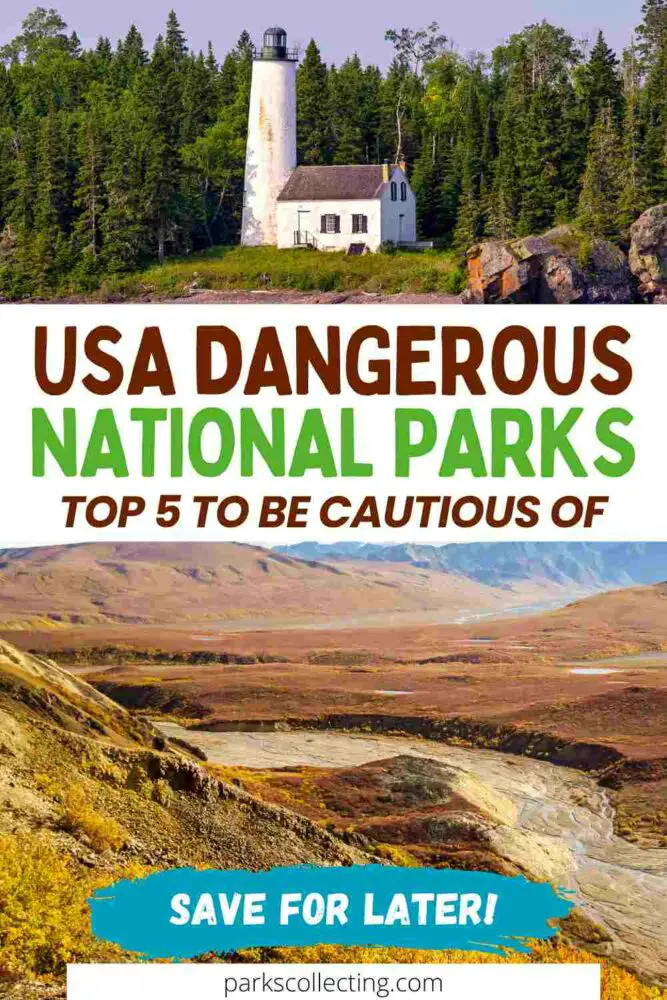
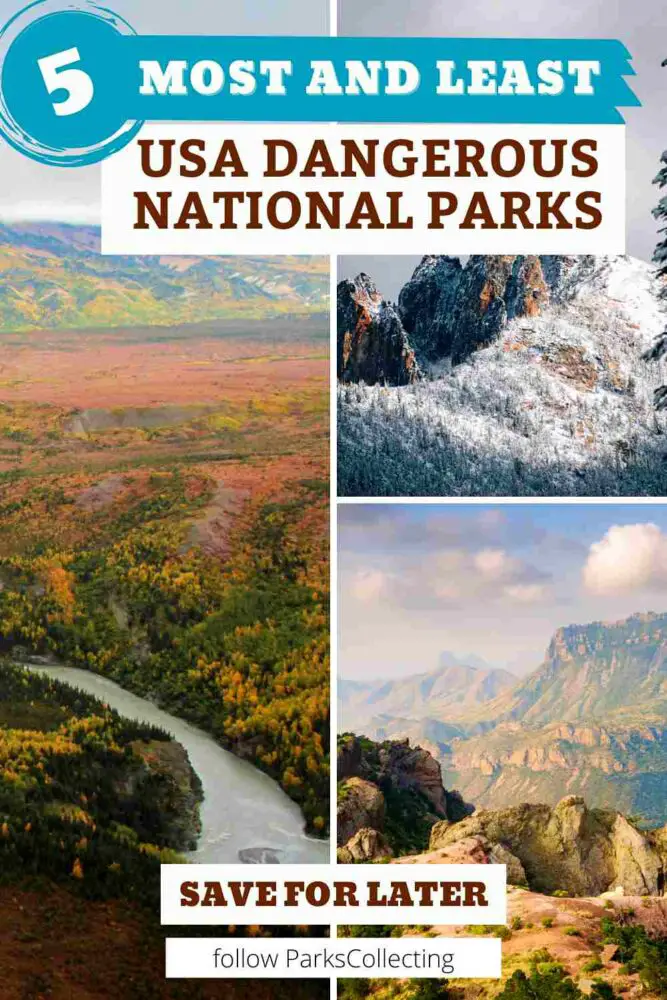
🛏️ FIND A HOTEL: Search now
🚘 FIND THE CHEAPEST CAR RENTAL: Search Discover Cars for the best deals
✈️ FIND THE CHEAPEST FLIGHTS: Search Skyscanner for the best deals
🧳 GET TRAVEL INSURANCE: Get insured with Travelex before you go
📱 TAKE AN AUDIO TOUR: Buy an audio tour now
Subscribe to daily national parks planning tips, travel inspiration and trip ideas and I’ll send you a free PDF of this Guide:
The 5 Most Dangerous National Parks in the US (and the 5 Least Dangerous)
Table of Contents
The Most Dangerous National Parks in the U.S.
If you want to avoid the danger, these are the national parks to skip.
1. Denali National Park, Alaska
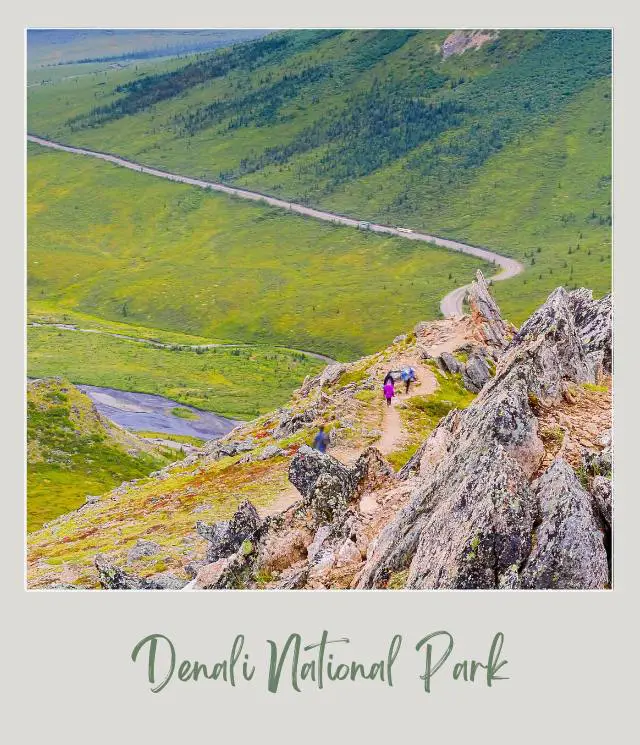
Denali’s mix of grizzly bears, unexpected storms, and tricky terrain makes it especially dangerous. Harsh weather creates serious challenges and streams can turn deadly in minutes.
Even experienced hikers struggle with stream crossings and wildlife encounters here. And the park’s size and relative isolation means help isn’t coming quickly.
2. Grand Canyon, Arizona
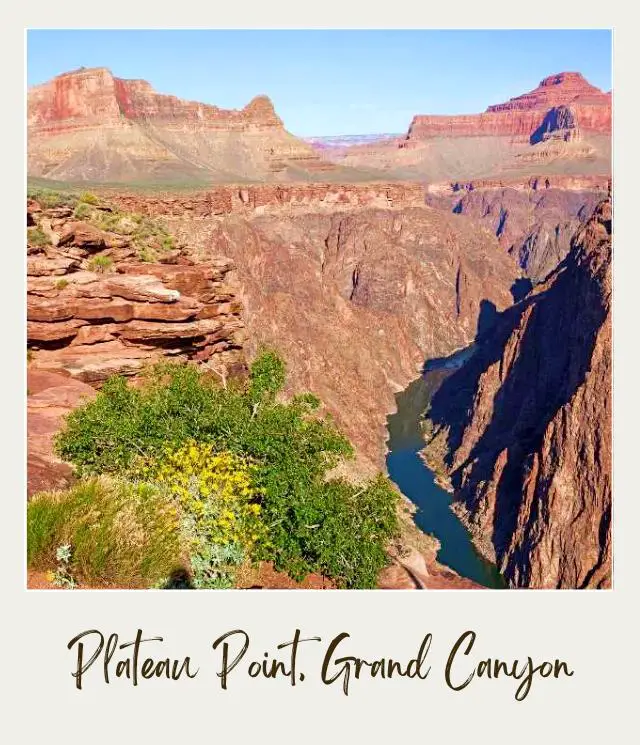
The Grand Canyon might look picture-perfect, but it’s got some nasty surprises!
Heat is a huge issue – I’ve heard many stories of people thinking they can handle the descent but getting stuck in 100+ degree temperatures on the way back up. Dehydration at the Grand Canyon hits fast, and the steep trails can fool even experienced hikers.
Falls are another big problem, especially when folks try to get that perfect photo.
➡️ Read More: Grand Canyon National Park Travel Guide
3. Big Bend National Park, Texas
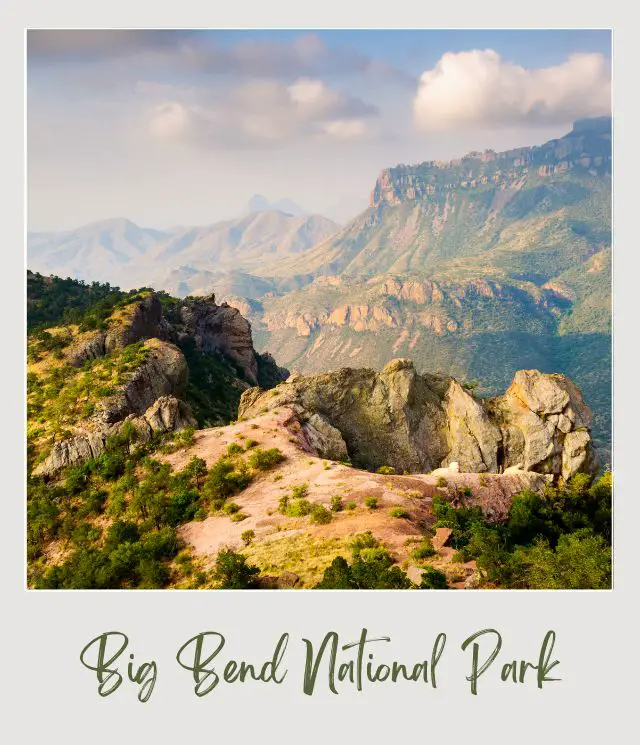
Big Bend’s remote location in Texas makes it extra dangerous. If something goes wrong, you’re often hours from help.
The park’s got extreme temps (think scorching days and freezing nights), plus limited water sources. Wildlife like mountain lions and rattlesnakes add to the risk factor.
4. North Cascades National Park, Washington
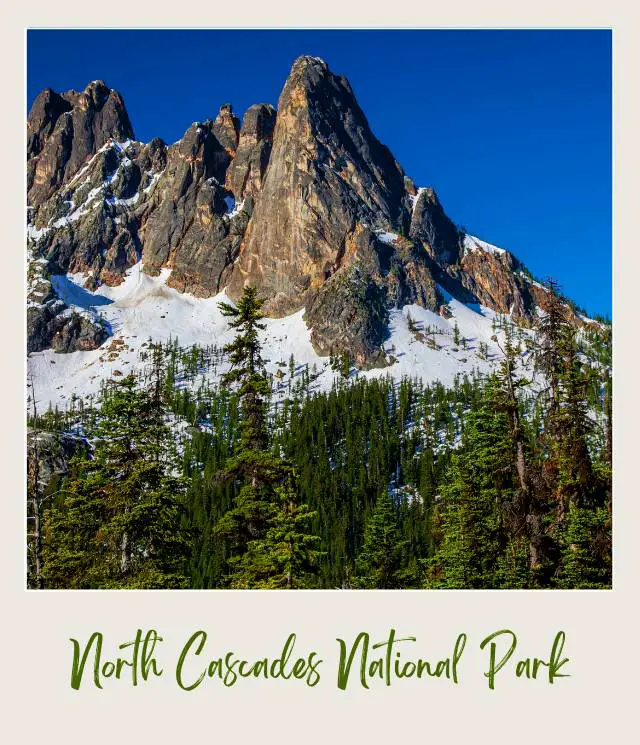
North Cascades might be gorgeous, but it’s no walk in the park!
The combination of steep terrain and frequent rainfall creates super slippery conditions. Cell service? Forget about it in most areas.
Plus, the weather changes so fast that you might start your hike in sunshine and end up in a snowstorm. This happened to me on my last trip there. It was sunny, then in just a few minutes turned to compete white out conditions (kind of scary when you’re on a narrow trail on the side of a mountain!). Fortunately, it cleared up and was sunny again about half an hour later.
➡️ Read More: North Cascades National Park Travel Guide
5. Isle Royale National Park, Michigan
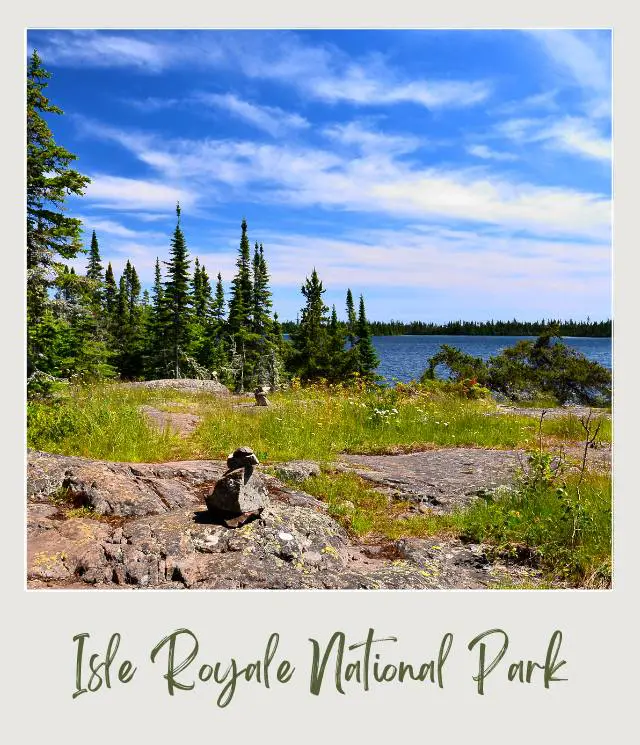
Isle Royale ranks fifth in danger levels. You can only get there by plane or boat, which means if you get hurt, rescue operations are complicated. The park’s remote location and challenging weather conditions make every visit an adventure – but one that needs serious preparation!
Least Dangerous U.S. National Parks
These are the parks where you’ll be most safe and secure.
1. Gateway Arch National Park, Missouri
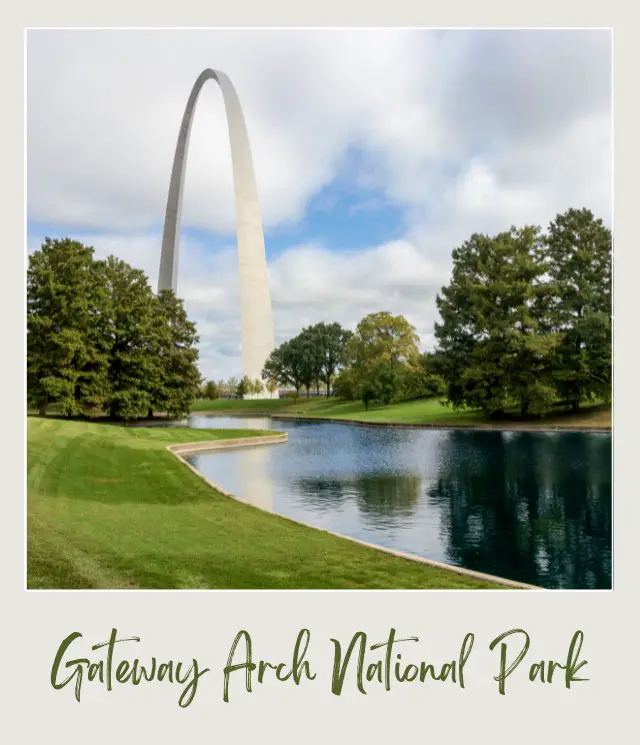
Let’s start with the (un)surprising winner – Gateway Arch National Park! 🏆 It’s officially the safest national park in America. Being right in St. Louis means quick access to emergency services if needed.
What makes it extra safe? No deaths have been recorded here, which makes sense since it’s mostly a man-made structure with controlled access points.
2. Hot Springs National Park, Arkansas
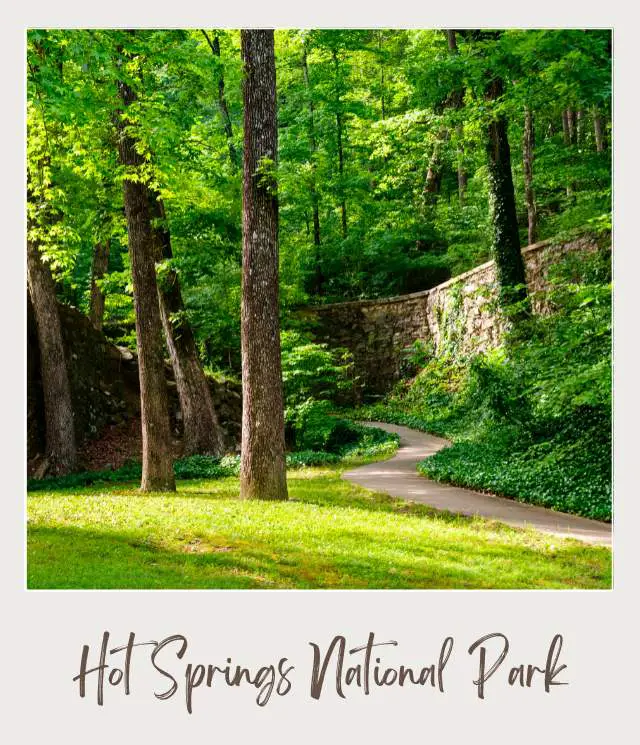
Hot Springs National Park keeps things pretty safe thanks to its urban setting. The well-maintained paths and regular staff presence help visitors stay out of trouble.
The biggest risks here are usually just slipping on wet surfaces near the springs – nothing like the life-or-death situations you might face in Alaska’s wilderness!
3. Pinnacles National Park, California
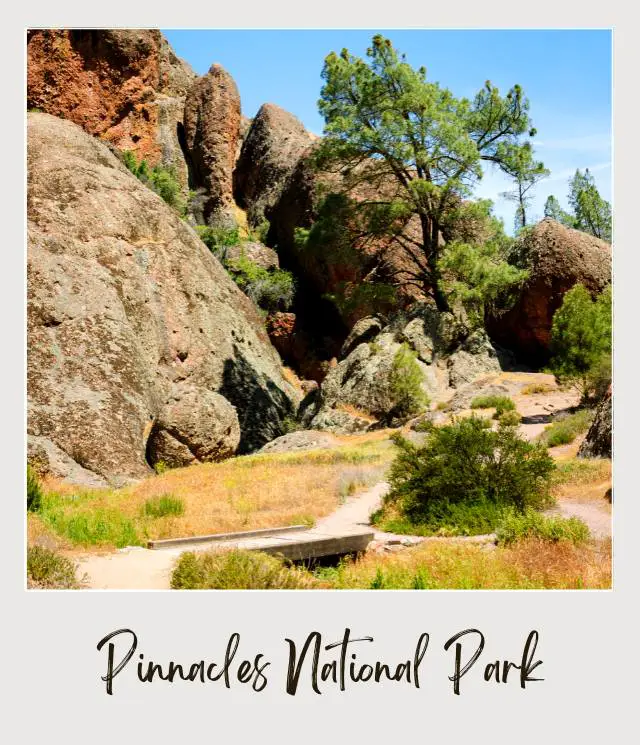
While Pinnacles has its share of caves and climbing spots, it’s actually one of the safer parks out there. The trails are well-marked, and rangers keep a close eye on things.
Plus, it’s not too far from civilization if help is needed. Watch out for the summer heat though – that’s probably the biggest risk you’ll face here!
4. Congaree National Park, South Carolina
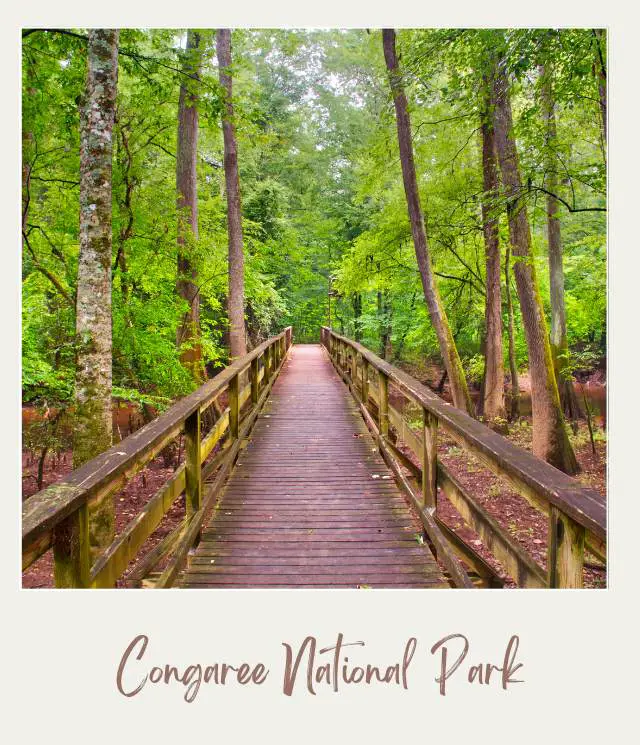
South Carolina’s Congaree National Park might look spooky with its swamp setting, but it’s actually super safe! The boardwalk trails keep visitors above the water, and the flat terrain means fewer chances for dangerous falls.
Just bring bug spray and watch for snakes on the trail – basic outdoor smarts go a long way here.
5. Cuyahoga Valley National Park, Ohio
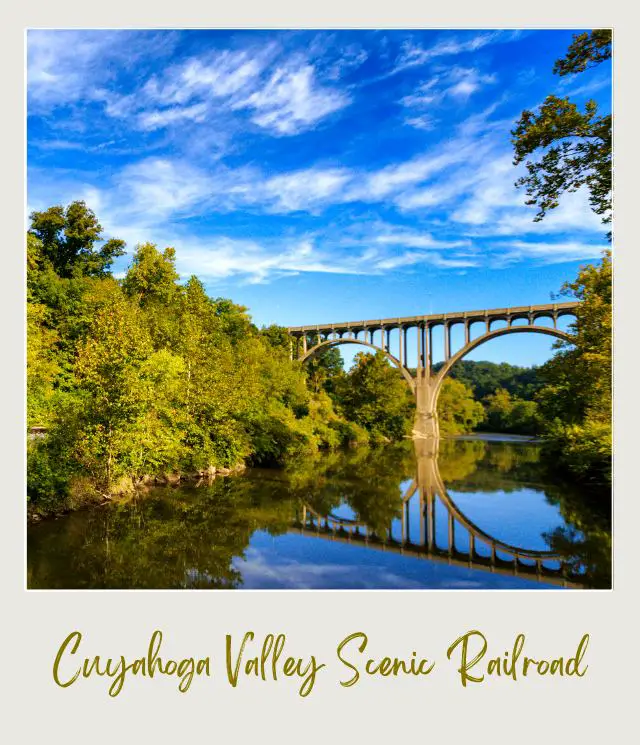
This Ohio park proves you can have wilderness vibes without major dangers. The mix of well-maintained trails and nearby towns means help is always close by. Sure, you might get muddy on the trails after rain, but you won’t face the same risks as climbing Denali!
➡️ Read More: Hidden Dangers in US National Parks (and How to Avoid Them)
➡️ Read More: Safety Tips for National Parks
➡️ Read More: The Most Dangerous Hikes in US National Parks
Do you agree with this list? Join my private Facebook group National Parks Collectors and comment and let me know (you can also pick up extra planning tips, share your photos and stories with other national park lovers and more).
Subscribe to daily national parks planning tips, travel inspiration and trip ideas and I’ll send you a free PDF of this Guide:
The 5 Most Dangerous National Parks in the US (and the 5 Least Dangerous)
If you liked this article, Pin It to your National Parks board!


💡 Are you just starting to think about taking a National Parks trip? Get Inspiration
‼️ Do you need tips and additional information? Read a selection of tips for visiting US national parks
💻 Are you starting to plan a trip to a national park? Read my free guides
📋 Do you need an itinerary? Buy a detailed itinerary for your park
💲 Are you ready to book your trip? Use these Planning and Booking Resources
📖 Do you want to read a book about US national parks? Check out my Recommended Reading Lists
About the Author
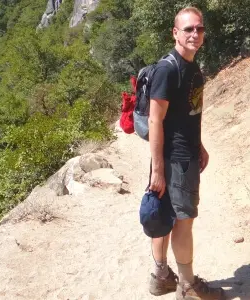
James Ian is a national park, camping and hiking expert.
He has dedicated his life to travel, visiting more than 80 countries, all 7 continents and most of the national parks in the United States. With over 35 years experience in the travel industry, James has worked on cruise ships, at resorts and hotels, and as a travel planner who’s helped hundreds of people plan successful trips to US national parks.
Based on his experience visiting our national parks multiple times, in-depth research and expertise as a travel planner, James has published detailed itineraries for many of the major national parks in the US. These itineraries, as well as in-depth park guides, and other resources will help you have your own incredible trip to US national parks without stress and hassle.
As a national park expert, James has contributed to many publications, including USA Today, Newsweek, Time Business News, Savoteur, Best Trip, and Wired.
I’m a member of the Amazon Services LLC Associates Program. As an Amazon Associate I earn from qualifying purchases.
